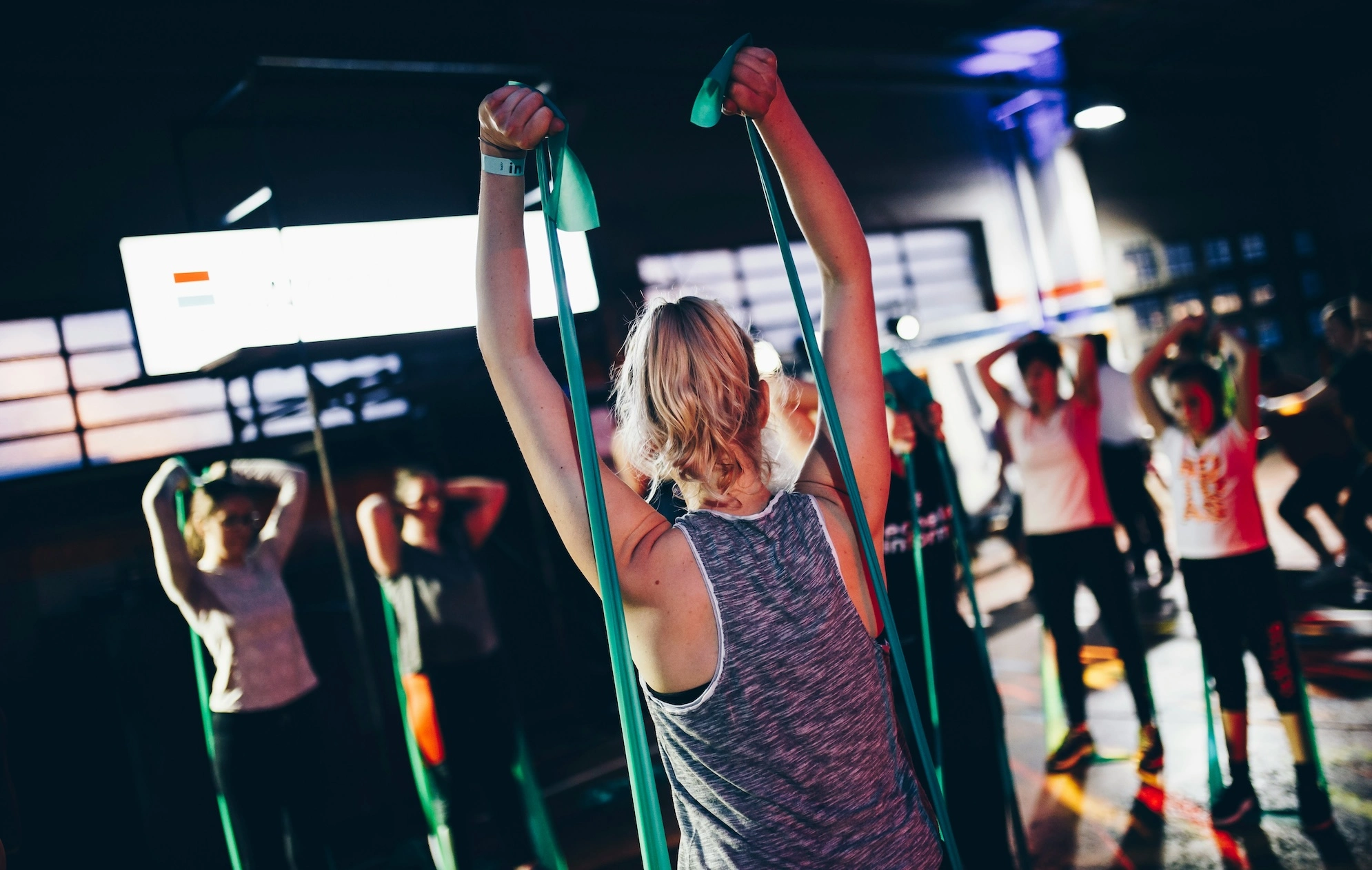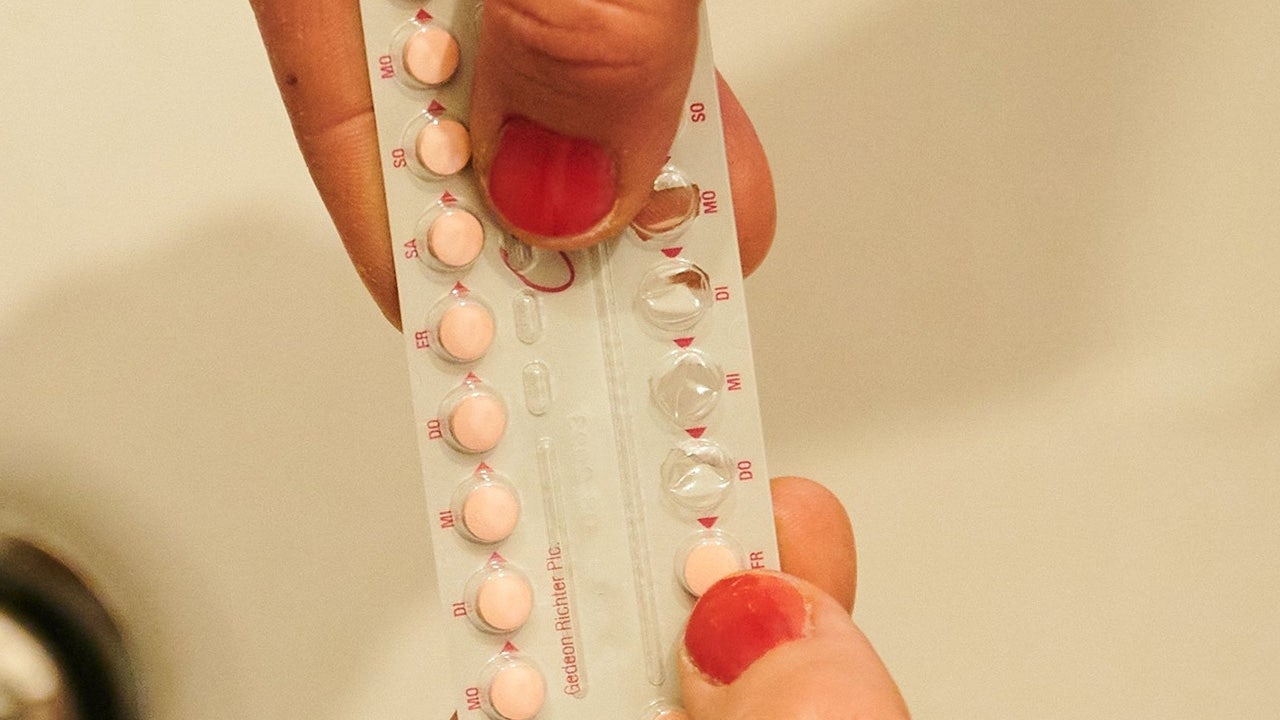A satisfying night’s sleep has long been branded as the cure to all ills, particularly when clearing damaging toxins from the brain.
Neuroscientists have long believed that deep sleep helps the clearance of problematic debris from the brain, flushing away many of the proteins and metabolites thought to be involved in the development of Alzheimer’s and other dementias.
This is hardly reassuring for the insomniacs amongst us. However definitive proof has always been hard to come by, and a new study in the journal Nature Neuroscience has poured cold water on the theory. While sleep is still vital for many aspects of health, Bill Wisden, a professor at the UK Dementia Research Institute who was involved in leading the study, says that being active may actually play a far bigger role in toxin clearance.
“We have shown that brain clearance is highly efficient during the waking state,” he says. “In general, being awake, active, and exercising may more efficiently clean the brain of toxins.”
This is undoubtedly good news for anyone who struggles to get a solid seven hours a night. After all, a brisk half-hour walk is something most of us can manage even after a night of tossing and turning.
Wisden’s suggestion fits in with a growing number of research breakthroughs in recent years that indicate the sheer importance of exercise for all aspects of the brain.
Toxin clearance
Exercise’s role in removing waste from the brain is currently an area of active investigation in research labs across the globe. The working theory relates to certain shape-shifting brain cells known as microglial cells which can take on different personas depending on your state of health.
In some psychiatric conditions such as schizophrenia and even Long Covid, the disease process causes microglia to take on a visibly spiky form, generating inflammation and interfering with the brain’s natural workings.
However, researchers suspect that exercise may actively induce microglia to take on a healthier anti-inflammatory guise. This means they would act as helpful scavengers, clearing detritus and ensuring that the synaptic connections between neurons are clean and functioning properly.
“Microglia are there to survey everything,” says Dr Rebecca MacPherson, associate professor at Brock University in Canada where she runs a lab studying how exercise benefits the brain. “We’re exploring this idea that exercise activates them in a way that enhances the way they clear the products of metabolism.”
The brain fertiliser
Research has repeatedly shown that being physically active reduces the risk of all forms of dementia by 28%, and Alzheimer’s disease in particular by 45%.
Over the years scientists have conducted various experiments in which participants have been randomised into two different groups, with one group following an exercise program and the other remaining sedentary. Almost all of them have reported that the exercise program group performed better on cognitive tests, with the same trend found in healthy participants, stroke survivors, and even Alzheimer’s patients.
Much of this is thought to be down to a molecule called brain-derived neurotrophic factor or BDNF. This molecule has gained a reputation among neuroscientists as ‘the brain fertiliser’ for its remarkable ability to stimulate the growth of new neurons and strengthen the connections between them.
“Muscle contractions increase BDNF while your platelets in the blood actually store a lot of BDNF,” says MacPherson. “So with increased blood flow due to exercise, your platelets can release more of it into the circulation.”
Through studies carried out in cells and animals, MacPherson’s lab has even shown that BDNF prevents the accumulation of tiny beta-amyloid protein fragments in the brain by altering the activity of different enzymes, which could explain why exercise helps to diminish the risk of Alzheimer’s.
But BDNF is not the only beneficial molecule released when you exercise. Last year, a study in the journal Neuron showed that exercise causes the production of a hormone called irisin which is capable of clearing amyloid plaques.
Christiane Wrann, an assistant professor of medicine at Harvard Medical School, who was involved in the study, has been so fascinated by irisin that she is now looking to develop an artificial form of it as a therapeutic for various neurodegenerative diseases including Alzheimer’s and Parkinson’s.
“It’s a small hormone which works on neuroinflammation and plaque clearance which makes it very relevant for Alzheimer’s disease,” she says. “I think there’s three or four properties of irisin that make it a really promising drug target.”
How much exercise and which intensity is best?
MacPherson gives a wry smile when this question is broached. “Everyone wants to know exactly what they need to do, and that’s a difficult one to answer,” she says.
The NHS guidelines advise you to do some sort of aerobic exercise, or physical activity which raises your heart rate, for at least 30 minutes per day, five days per week.
MacPherson says that BDNF production correlates with exercise intensity, so your body will produce more when doing higher-intensity forms of activity such as interval training. However, she says it is important for people to do what they feel capable of, and any form of exercise, no matter how mild, will still hold some benefit for the body and the brain.
“I think as an individual, you need to think, how much time do I have and what do I enjoy?” she says. “Even if you’re only able to do moderate intensity exercise, you still get an increase in BDNF, and there’s also the increased blood flow which delivers more oxygen and nutrients to the brain which will also enhance brain cell growth.”
The scientific reason exercise boosts your mood
Exercise has also been known to have the capacity to provide relief to people struggling with symptoms of depression, such as low mood or anhedonia, which refers to a loss of pleasure in previously rewarding activities.
At University College London, cognitive neuroscientist Professor Jonathan Roiser is currently leading a Wellcome-funded clinical trial to try and understand more about why exercise is so beneficial for mental health.
“I’ve long been interested in the information processing aspects which go wrong in depression and how they contribute to symptoms,” he says. “There are other symptoms that tend to cluster together with anhedonia such as fatigue and difficulty with decision-making, and there are some hints that exercise is specifically targeting these kinds of symptoms.”
Roiser’s trial will examine the greater benefits of aerobic exercise, where participants get out of breath and break sweat, compared to mild stretching and relaxation, in people with depression.
The aim is to get further proof for some of the major theories behind how exercise benefits mental health, such as stimulating the production of dopamine, which is involved in motivation, as well as dampening down inflammation.
“A lot of depressed people experience what we call chronic inflammation which prevents dopamine neurons from firing and perhaps contributes to their symptoms,” he says. “So the anti-inflammatory effects of exercise are a core part of how we think it’s working.”
As we discover more and more about how exercise protects the body, it could even lead to a new class of drugs, known as exercise mimetics which could provide some of the benefits of physical activity to the disabled and frail.
But for the rest of us, researchers have one simple message – whether it’s the gym or playing sports, making time to stay active will keep your mind healthier for longer.
“Whether it’s improving mood or cognitive function, exercise is one of the best things you can do for your brain,” says Wrann.







































